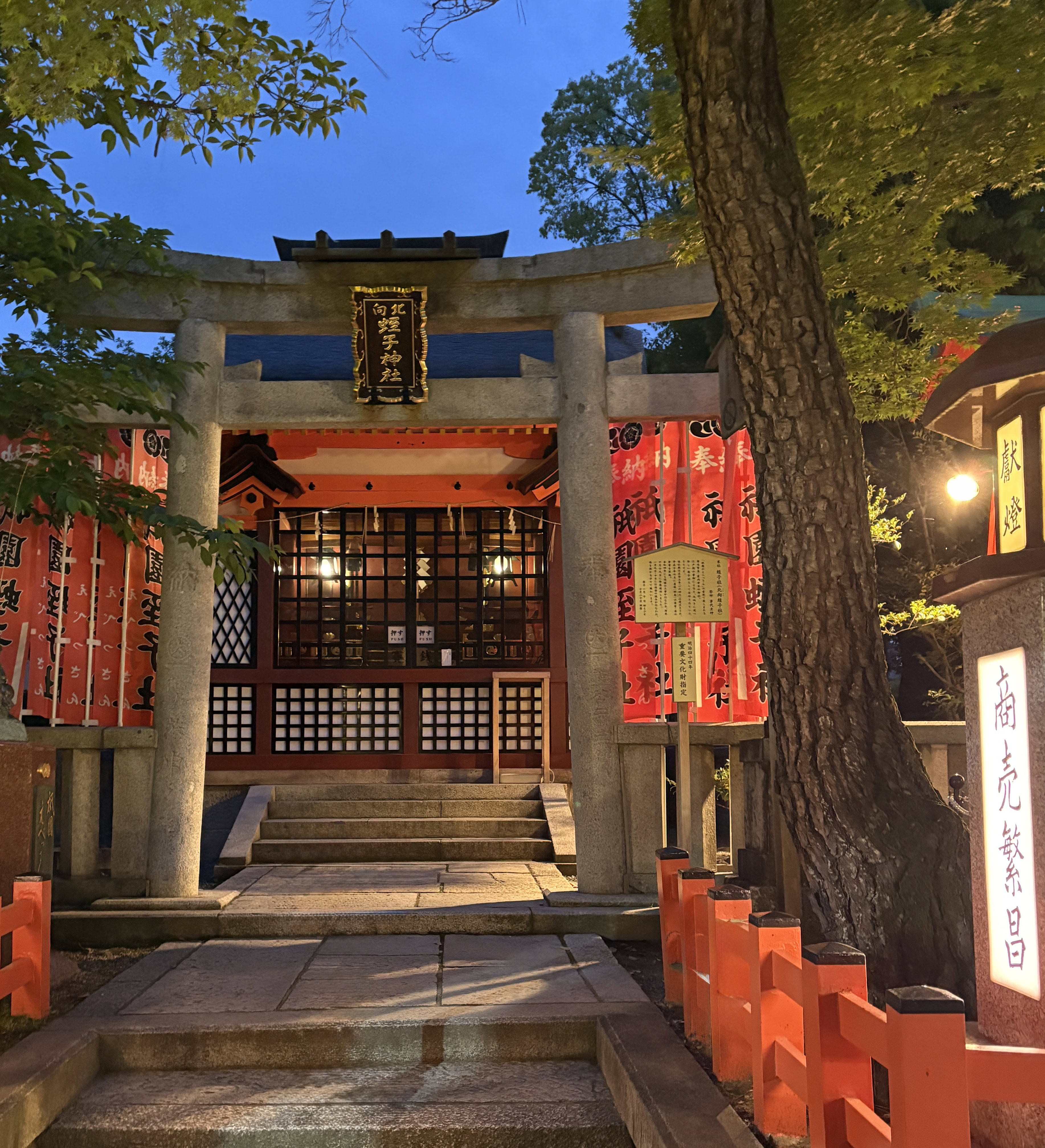25 Best Things to Do in Kyoto, Japan
If you think Kyoto is only temples and tradition, you’re technically not wrong, but you’re also not seeing the full picture.
Kyoto is layered. On the surface, it’s all quiet shrines and delicate architecture. But hang around long enough and you’ll see another side: craft coffee shops tucked into 200-year-old houses, lively markets where locals jostle for the best pickles, and a vibe that somehow blends elegance with everyday chaos.
Kyoto was Japan’s imperial capital for over a thousand years, and you feel it in every corner.
But this city isn’t stuck in the past; it’s just selective about what it brings forward. Whether you’re into temples, gardens, or chasing the best tofu udon of your life, Kyoto’s got you.
And this list? These are the absolute best things to do in Kyoto to understand why it’s still one of Japan’s most captivating cities.
Walk Through the Fushimi Inari Shrine’s Torii Gates
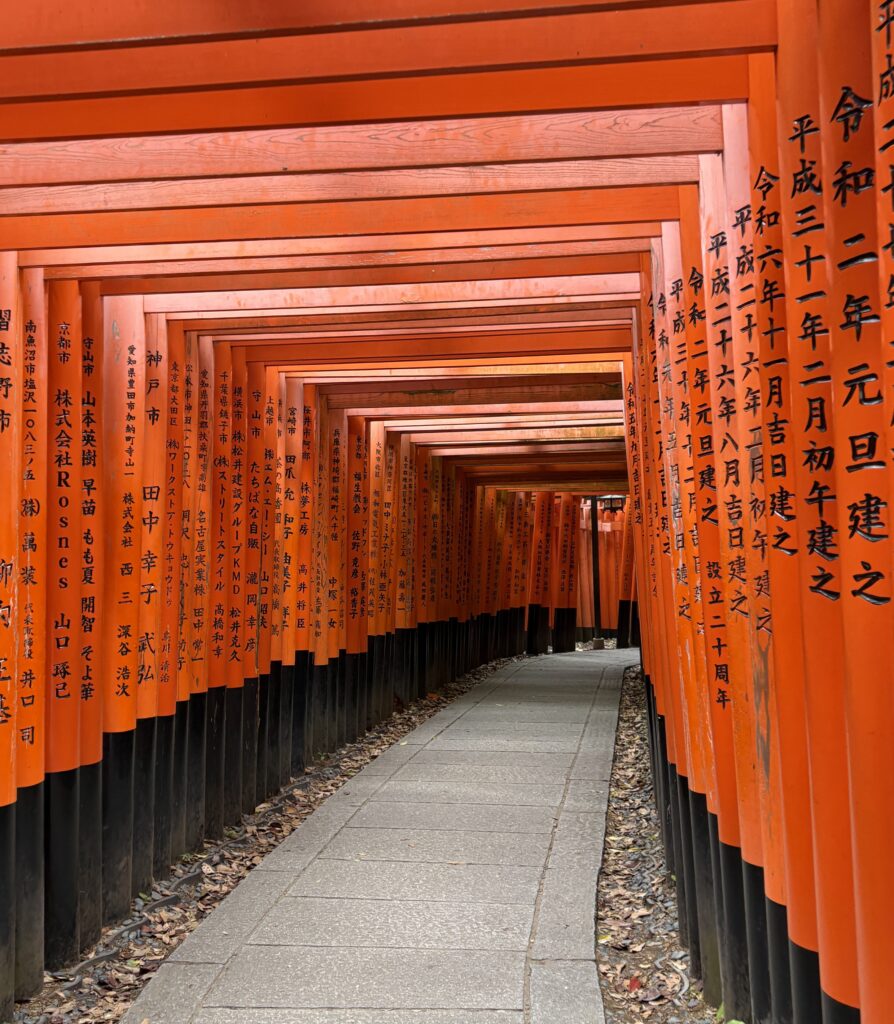
If there’s one Kyoto image that lives in everyone’s head before they arrive, it’s this: rows upon rows of glowing orange torii gates winding up a forested mountain trail. That’s Fushimi Inari Taisha, and yes, it’s worth the hype.
The full trail takes you up Mount Inari and can easily take a couple of hours round trip, but most people walk the first section, snap a few photos, and call it a day. I’m not judging, just being realistic.
Pro tip: go early. Like, before 8 AM, early. It’s the only way to catch the gates when they’re empty and soaked in morning light. Once the buses show up, it turns into a very photogenic traffic jam.
Along the way, you’ll pass smaller shrines, fox statues (messengers of the god Inari), and mini altars blanketed in moss. The combination of natural serenity and otherworldly color makes it feel almost surreal.
Whether you hike the full route or just meander through a few hundred gates, it’s easily one of the most memorable experiences in Kyoto, and yes, it’s free.
Stroll Through Gion, Kyoto’s Geisha District
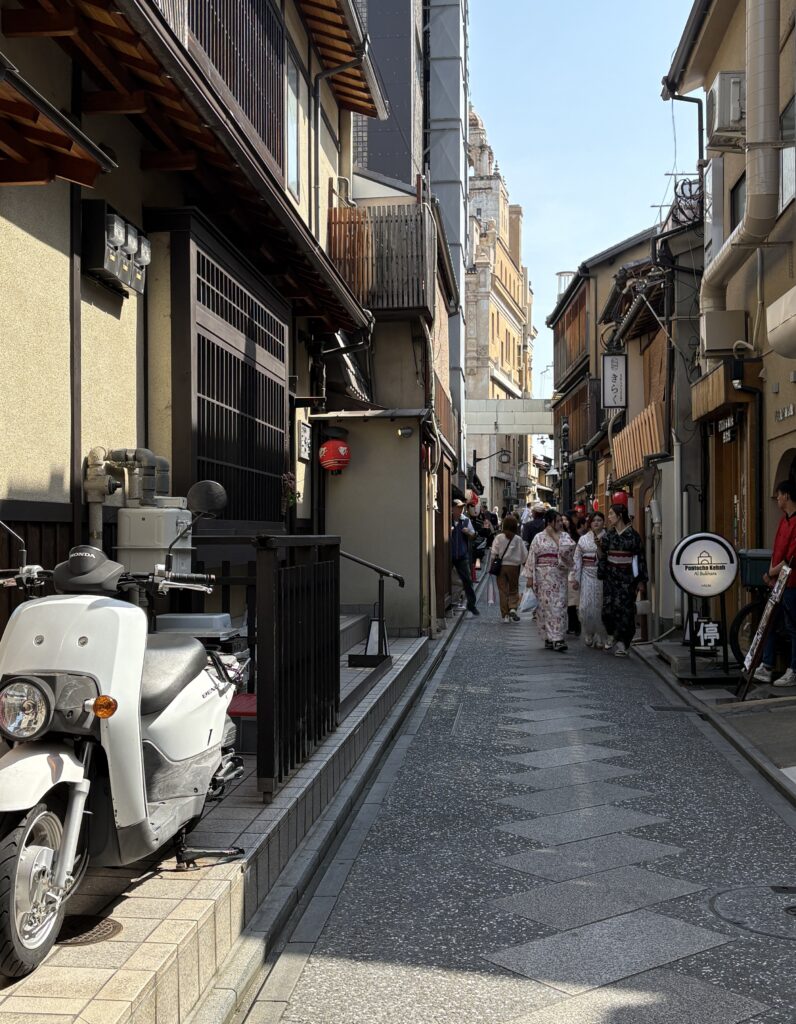
No neighborhood feels more quintessentially Kyoto than Gion. It’s where the city slows down, and everything feels dipped in a bit of gold light, especially around sunset.
Gion is known for its preserved wooden machiya houses, cobblestone streets, and elusive geisha (technically geiko in Kyoto dialect).
If you’re lucky and respectful, you might spot one shuffling quickly to an appointment in full regalia.
Most tourists head straight to Hanamikoji Street, but the real charm is in the alleys. Wander east and you’ll find hidden temples, quiet canals, and traditional tea houses that seem frozen in time.
And yes, you can book a dinner at a ryotei with a geiko performance, but be prepared to open your wallet. It’s pricey, it’s formal, and it’s unforgettable.
Still, Gion’s not just for show. It’s a living, breathing part of the city. Locals shop, eat, and go about their day just like anywhere else, only the backdrop is one of the most beautiful neighborhoods in Japan.
Explore the Arashiyama Bamboo Grove
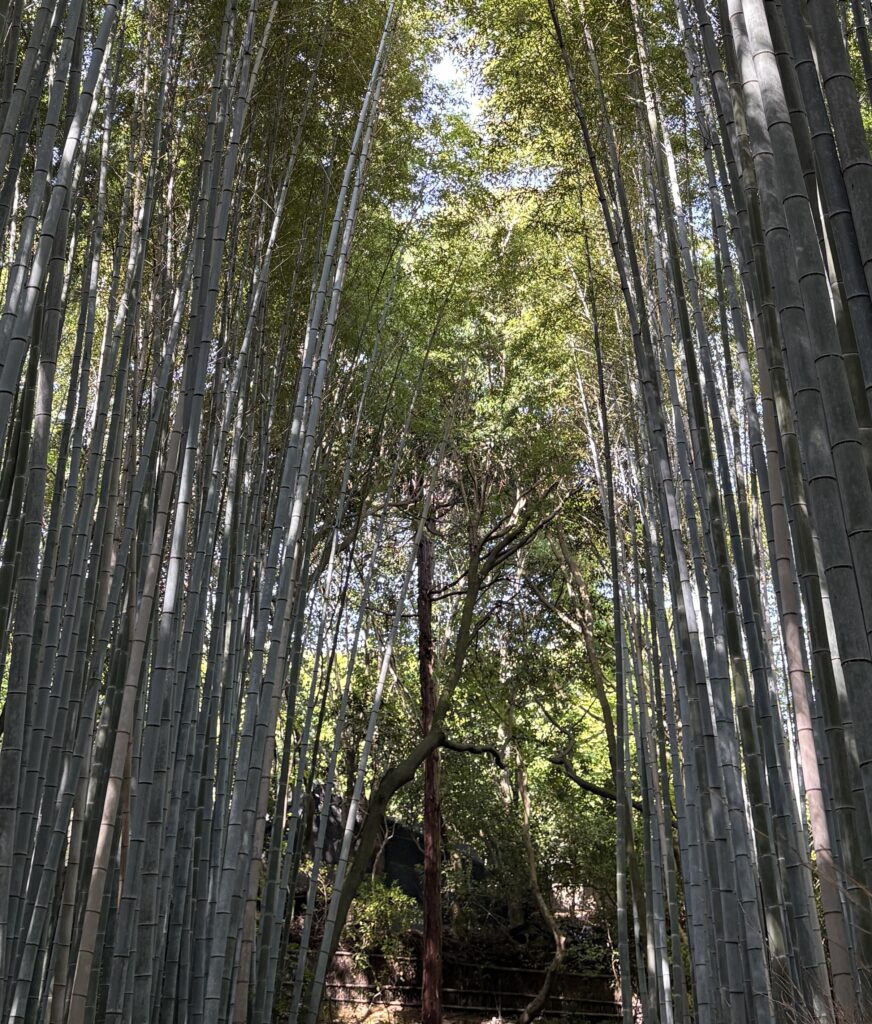
It’s been photographed to death, sure, but the Arashiyama Bamboo Grove still delivers in person.
Located on Kyoto’s western edge, this towering green corridor has a kind of surreal hush to it until the crowds arrive.
You don’t come here for solitude; you come because the light filtering through the bamboo feels like a Miyazaki movie come to life.
But here’s the trick: the grove is just one part of the area, you can spend an afternoon in Arashiyama easily.
Walk to Tenryu-ji Temple, rent a bike to follow the Katsura River, or ride the Sagano Romantic Train if you’re visiting in the Fall.
The area seamlessly blends nature, history, and a touch of whimsy (hello, monkey park) in a way that few other places in Kyoto do. It’s not just a photo stop; it’s a full-day destination if you play it right.
If you’re in the area, you might be tempted to stop by % Arabica Kyoto, it’s wildly popular for its calming river views. But when we went, the line was massive, and honestly, it didn’t feel like much of a Kyoto-style experience.
So we kept walking and ended up at eXcafe Kyoto, and it absolutely blew me away. No river view, sure, but it had that Kyoto cafe vibe I was looking for. The mochi roasted over charcoal was unforgettable, and the matcha? High quality and then some.
Take a Boat Ride in Arashiyama’s Hozugawa River
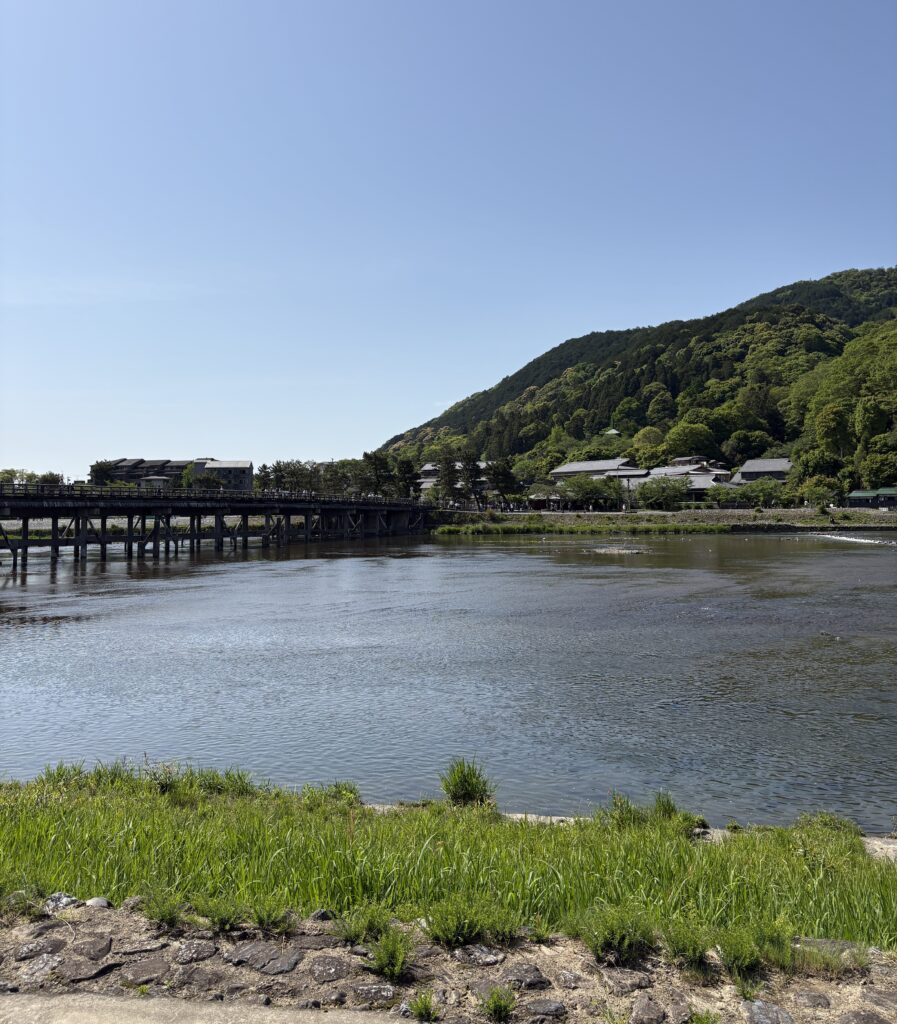
If you thought Arashiyama was all about the bamboo grove, think again. One of the most peaceful (and underrated) things to do in Kyoto is to take a traditional boat ride down the Hozugawa River.
This isn’t a tourist-trap gondola ride. It’s a 2-hour scenic float down a twisting mountain river, through forested cliffs and past rugged boulders, with actual boatmen steering you by pole through gentle rapids.
You’ll spot monkeys on the hillside, herons in the water, and if you’re lucky, some incredible autumn foliage or spring sakura reflecting off the riverbanks.
Boats depart from Kameoka (a short train ride from Arashiyama) and float you all the way back toward the famous Togetsukyo Bridge area. It’s quiet, beautiful, and a completely different pace from temple-hopping.
Bonus: You can pair the boat ride with a scenic train journey on the Sagano Romantic Train, which runs through the same valley. Start with the train, return by boat, the combo makes for a perfect half-day Kyoto escape.
Wander the Streets of Gion at Twilight
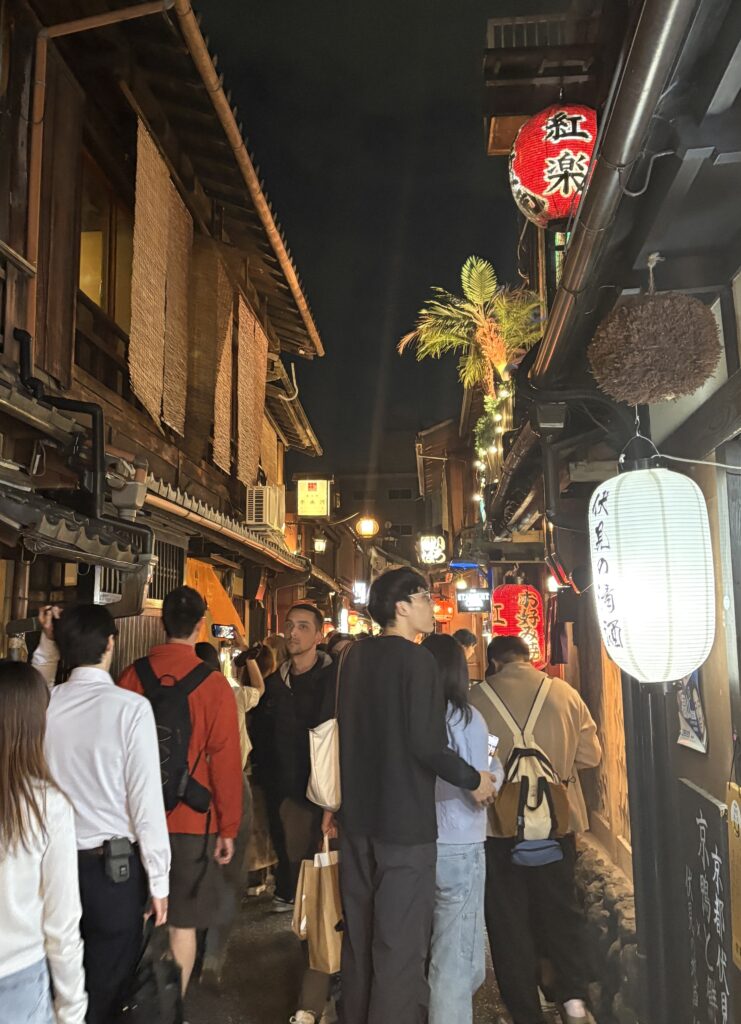
There’s a reason Gion gets talked about endlessly; it’s not hype, it’s atmosphere. The moment dusk falls and the paper lanterns begin to glow, the district transforms into something out of a woodblock print.
Gion is Kyoto’s historic geisha district, and its main arteries like Hanamikoji Street are lined with ochaya (teahouses), wooden facades, and the soft clatter of geta sandals echoing on the stone.
You might even spot a geiko or maiko walking quietly between appointments, though don’t expect them to stop for photos.
It’s a place to walk slowly. To notice the details. The little name plaques on the doors. The floral arrangements in window alcoves.
The perfect, quiet tension between tourism and tradition. Avoid the midday rush and come here just before sunset, the light, the lanterns, the moo, it’s all far more magical.
Pop into one of the tucked-away izakayas or sweet shops when your feet get tired. Or, if you want a true splurge, book a private dinner experience at a ryotei, though you’ll need connections and cash for that. Gion doesn’t shout; it suggests, and that’s why it lingers in memory.
Take the Philosopher’s Path Between Temples
This narrow, stone-lined trail hugs a quiet canal on the eastern side of Kyoto and might just be the most peaceful walk in the city.
The Philosopher’s Path gets its name from Nishida Kitaro, a Kyoto University professor who walked the route daily to meditate on life. You don’t need to be a philosopher to appreciate it; the stillness, the cherry trees, and the occasional temple bell all encourage you to slow down.
The path stretches between Ginkaku-ji (Silver Pavilion) and Nanzen-ji Temple, passing by small shrines, artists’ studios, and cozy cafes along the way.
If you’re visiting during cherry blossom season, it turns into a full-on pastel dream. But even outside of spring, the atmosphere here is serene.
It’s not a long walk, maybe 30 minutes without stops, but you’ll want to linger. Grab a matcha ice cream, stop at Honen-in Temple, or just sit on a bench and watch the koi swim lazily through the canal. It’s the kind of place that feels almost too gentle to exist in a modern city.
Explore the Grounds of Kiyomizu-dera
Set dramatically on a hillside in Eastern Kyoto, Kiyomizu-dera is one of those places that lives up to every postcard.
Its massive wooden stage juts out from the main hall, offering sweeping views over the city and the hills beyond, especially gorgeous in autumn when the trees ignite with color.
The temple was founded over 1,200 years ago and is renowned for its architecture, which was constructed entirely without the use of nails.
It’s one of the most visited temples in Kyoto, so expect crowds, especially midday. Early morning or late afternoon is your best bet for some breathing room and softer light.
From the temple, you can stroll down Sannenzaka and Ninenzaka, two preserved stone streets lined with shops selling sweets, ceramics, and souvenirs. You’ll want to take your time here. Every storefront is a little curated world of Kyoto’s past.
Don’t skip the Otowa Waterfall at the base of the temple. The three streams are said to grant wisdom, longevity, and love. You only get to choose one to drink from, don’t get greedy.
Admire the Tranquility of Tofuku-ji Temple
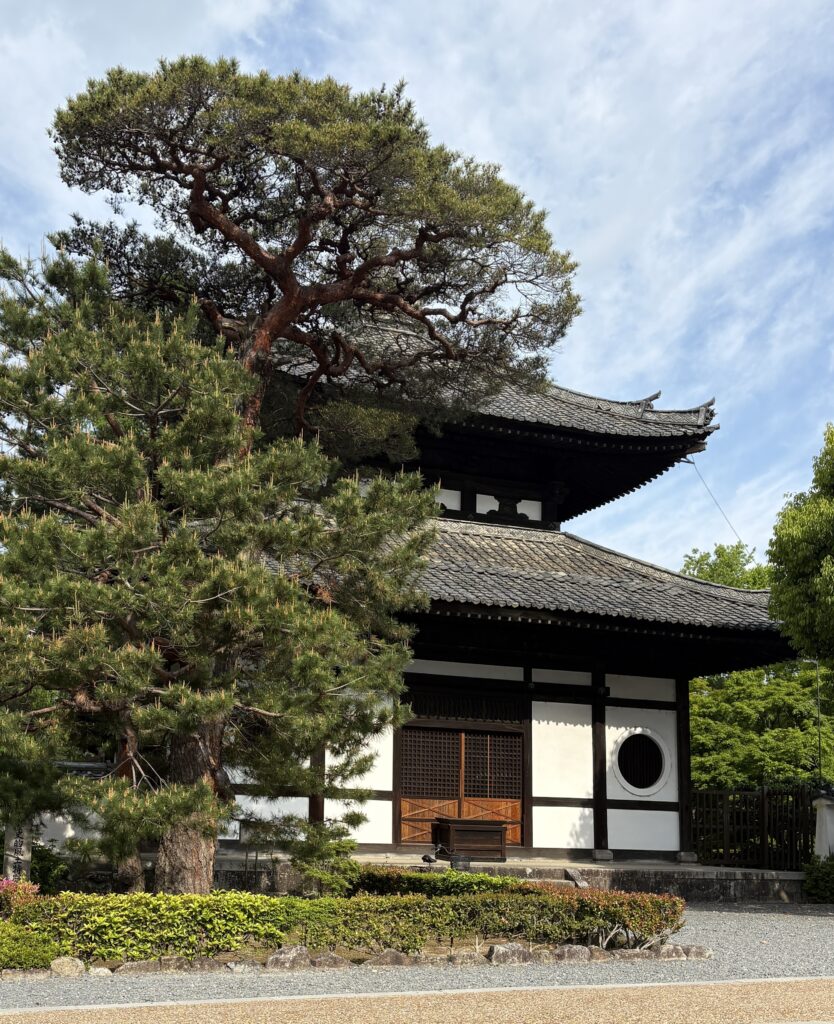
Kyoto has no shortage of temples, but Tofuku-ji stands out for two reasons: its sprawling Zen gardens and its stunning fall foliage. And honestly, it’s less tourist-clogged than places like Kiyomizu-dera.
Located in southeastern Kyoto, Tofuku-ji dates back to the 13th century and is one of the city’s major Zen temples. But it doesn’t feel overwhelming, it’s calm, meditative, and somehow keeps a sense of peace even during busier seasons.
The highlight is the Tsutenkyo Bridge. It spans a wooded ravine filled with maple trees, and when the leaves turn red and gold in autumn, it’s almost absurd how pretty it gets.
The temple’s rock gardens also showcase that clean, minimalist Zen aesthetic: carefully raked gravel, moss-covered stones, and perfect stillness.
If you need a break from the bustle of central Kyoto, this is the place. It’s easy to reach via train (Tofukuji Station), and there’s a slow beauty here that makes you want to sit, breathe, and do absolutely nothing, in the best way possible.
Explore the Kyoto Imperial Palace Park
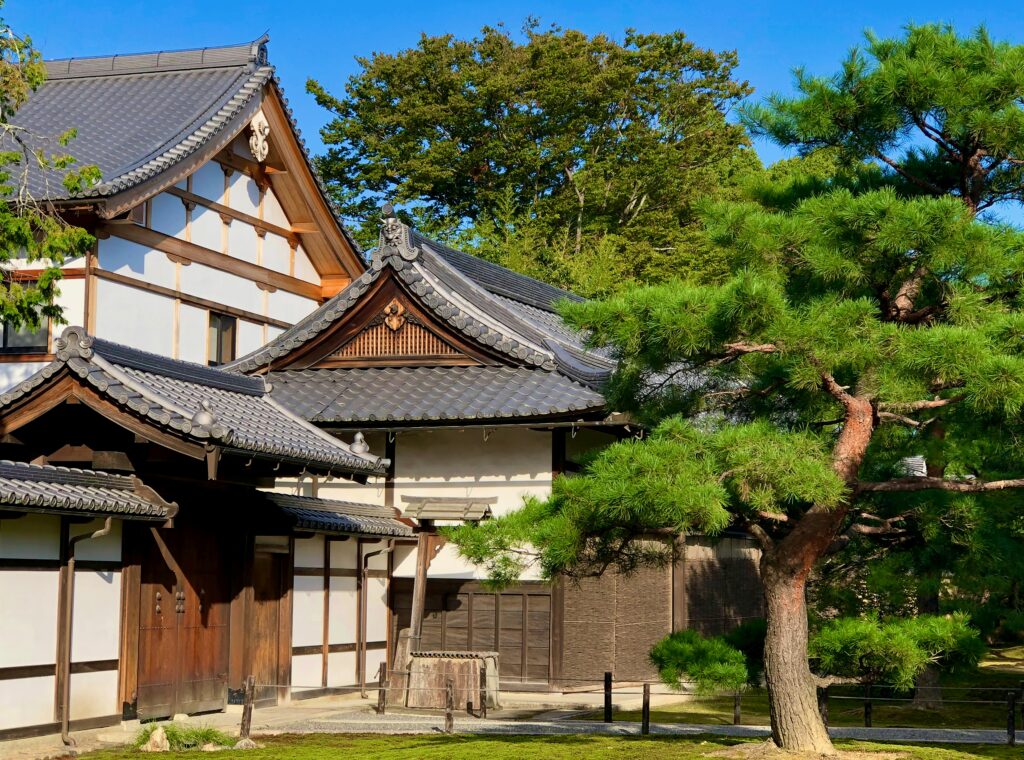
Tucked inside Kyoto Gyoen National Garden, the Kyoto Imperial Palace might not get the same love as flashy temples, but it’s quietly one of the city’s best spots, especially if you like big, open spaces and history with fewer crowds.
The palace itself was once the official residence of Japan’s emperors until the capital moved to Tokyo.
You can walk the grounds for free, and guided tours are available for those who want a more in-depth historical experience. The structures are classic Kyoto: simple, elegant, and set against beautifully manicured gardens.
The real charm, though, is the surrounding park. It’s enormous, with wide gravel paths, tree-lined walkways, and seasonal blooms that make it ideal for a stroll or an afternoon picnic.
Locals jog here, kids play in the open fields, and it’s one of the few places in central Kyoto that feels truly spacious.
Come here when you’re templed-out, craving some fresh air, or want to escape the tour groups. Bring a drink, grab a bench, and just soak it all in.
Step Into Zen at Ryoan-ji Temple
Ryoan-ji doesn’t try to overwhelm you with grandeur; it wins you over with stillness. This UNESCO World Heritage site is renowned for its rock garden, a minimalist masterpiece featuring 15 stones arranged so that only 14 are visible at once from any angle.
It’s the kind of place that demands you slow down, sit still, and just observe.
The surrounding garden is equally peaceful, with mossy paths, quiet ponds, and trees that change with the seasons.
You don’t need to be a Zen master to appreciate it, just a traveler looking for a break from Kyoto’s crowds.
Get Lost in Kyoto’s Traditional Nishiki Market
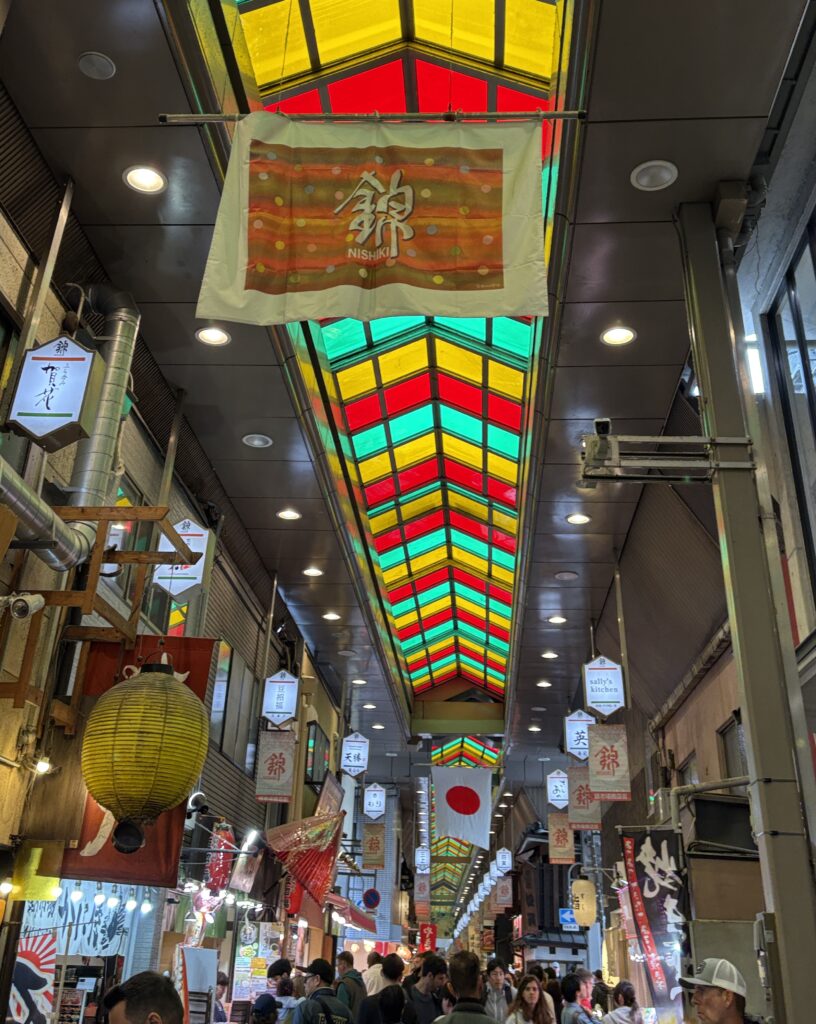
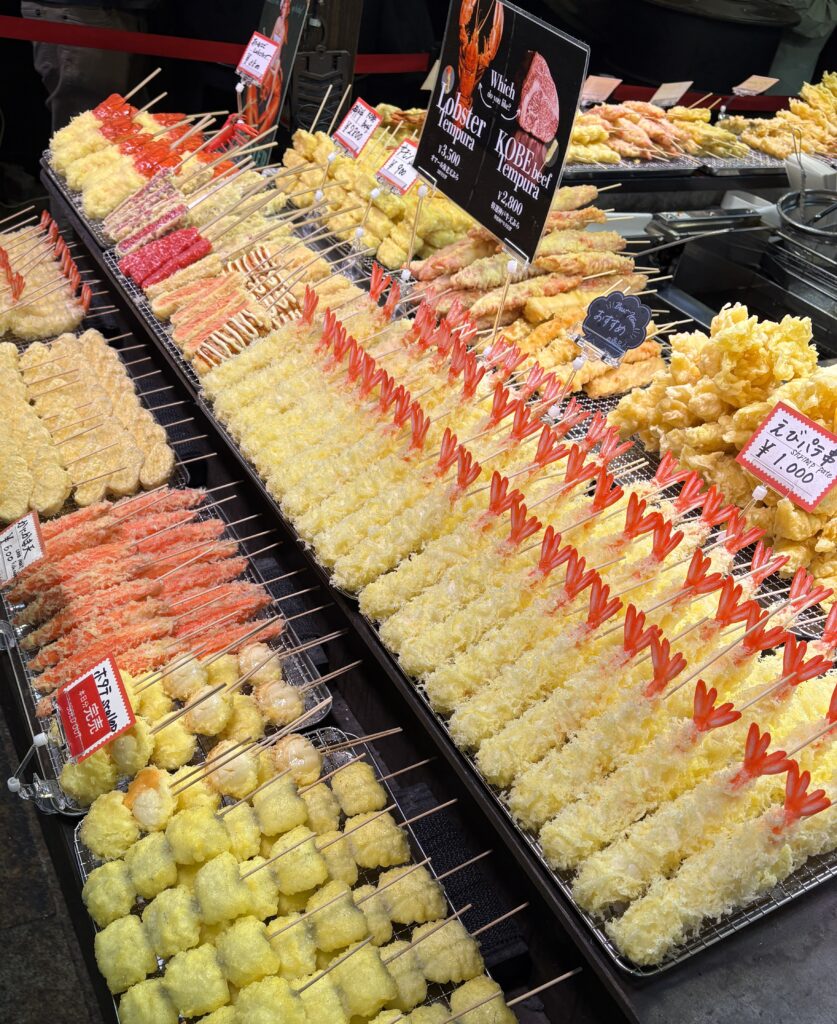
Known as “Kyoto’s Kitchen,” Nishiki Market is the city’s sensory playground. The narrow covered street stretches for blocks and is packed with stalls selling everything from fresh yuba (tofu skin) to sizzling skewers of wagyu beef.
It’s not just about food, either. You’ll find pickles, tea, knives, sweets, and quirky snacks you’ve never seen before.
What makes Nishiki special is that it still feels local, a bit chaotic, a bit cramped, and totally Kyoto. If you’re the type to snack your way through a new city, this one’s essential.
Explore the Mossy Wonder of Saiho-ji (Koke-dera)
Saiho-ji, also known as Koke-dera or “Moss Temple,” is one of Kyoto’s most unique temple experiences.
The temple grounds are carpeted with over 100 varieties of moss, creating an otherworldly atmosphere that looks plucked out of a dream.
You’ll need to request permission in advance to visit (it’s one of the few temples that requires this), but it’s worth the effort.
The visit starts with a short period of calligraphy or sutra copying, followed by a stroll through moss-draped paths and shaded woods. It’s quiet, surreal, and a total departure from the usual sightseeing checklist.
Experience a Kyoto Tea Ceremony
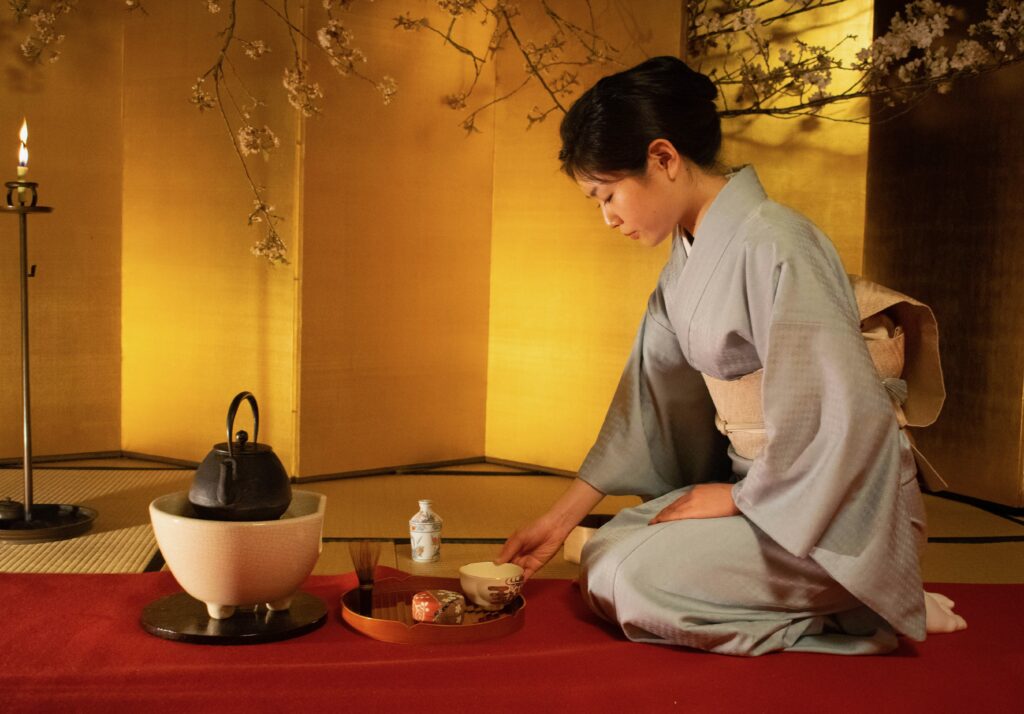
Few experiences are more classically Japanese than a traditional tea ceremony, and Kyoto does it best.
You don’t need to book a fancy hotel experience either, plenty of independent teahouses around Gion and Higashiyama offer authentic, guided sessions that explain every step.
You’ll learn about matcha, ritual movements, and how every small detail ties into Zen philosophy.
It’s intimate, meditative, and surprisingly moving, especially in Kyoto, where the tea tradition runs deep. Bonus: You usually receive a seasonal wagashi sweet to accompany it.
Climb the Winding Steps of Kurama-dera
For travelers who don’t mind a bit of uphill effort, Kurama-dera is a beautiful mountaintop temple north of the city.
The hike begins in the small village of Kurama and winds through cedar forests and ancient stone steps, eventually leading to panoramic views of the surrounding mountains.
What makes this experience special is its spiritual feel, this area is associated with mountain asceticism and legends of Tengu spirits.
You can even continue on a trail to Kibune if you’re feeling adventurous. The air is crisp, the crowds are light, and the vibes are timeless.
Visit the Underrated Heian Shrine and Garden
Heian Shrine is hard to miss; its massive torii gate is one of the largest in Japan. But most visitors stop at the gate or the front courtyard. The real magic? The garden behind it.
Heian Jingu’s garden is one of Kyoto’s most photogenic spots, especially during sakura season when weeping cherry trees hang over reflective ponds.
It’s quiet, relatively uncrowded, and utterly elegant. Even if you’ve already visited bigger-name shrines, this one has a charm that sneaks up on you.
Tour Kyoto’s Sake Breweries in Fushimi
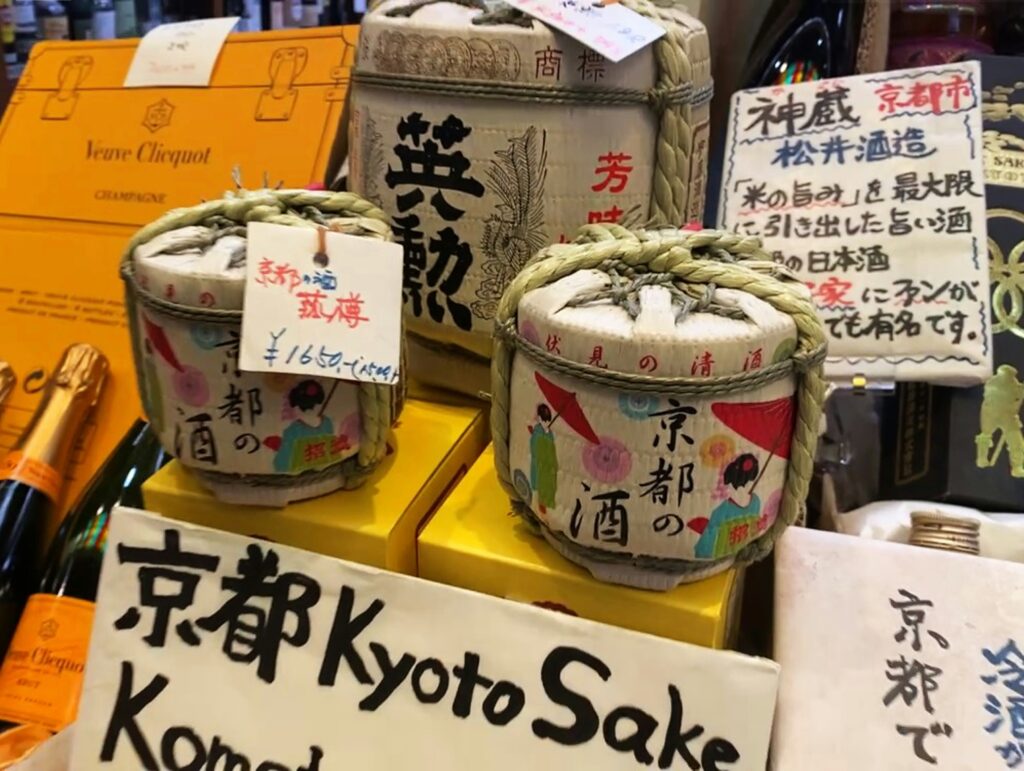
Fushimi isn’t just home to Fushimi Inari. It’s also one of Japan’s top sake-producing regions, thanks to its soft, mineral-rich water.
A visit to the Fushimi sake district offers a distinct slice of Kyoto, one that smells faintly of rice and fermentation.
You can visit the Gekkeikan Okura Sake Museum for a good intro and tasting, or go full foodie and hop between breweries.
Many offer tastings, and a guided sake-tasting tour adds depth if you want more than just a buzz.
Wander Through the Philosopher’s Path
This quiet, tree-lined trail runs along a canal between Ginkaku-ji (Silver Pavilion) and Nanzen-ji Temple.
It’s one of Kyoto’s most peaceful walks, especially in spring when cherry blossoms hang overhead like a pastel canopy.
Named after a Kyoto University philosophy professor who walked the route daily, the path is about two kilometers of reflective stillness, lined with little cafes, craft shops, and mossy stone walls. It’s not a place you rush through. You stroll, breathe, and just let Kyoto be Kyoto.
Take in the View from Shogunzuka Seiryuden
If you’re after the best panoramic view of Kyoto, skip the usual temples and hike up to Shogunzuka.
The wooden platform at Seiryuden Hall offers one of the widest, clearest views in town, especially stunning at sunset or during autumn foliage.
It’s less known than other viewpoints, which means fewer tourists and a much quieter experience.
You can drive or hike up, depending on your mood (or how much matcha cake you’ve had that day). Either way, it’s worth the climb.
Browse the Traditional Streets of Sannenzaka and Ninenzaka
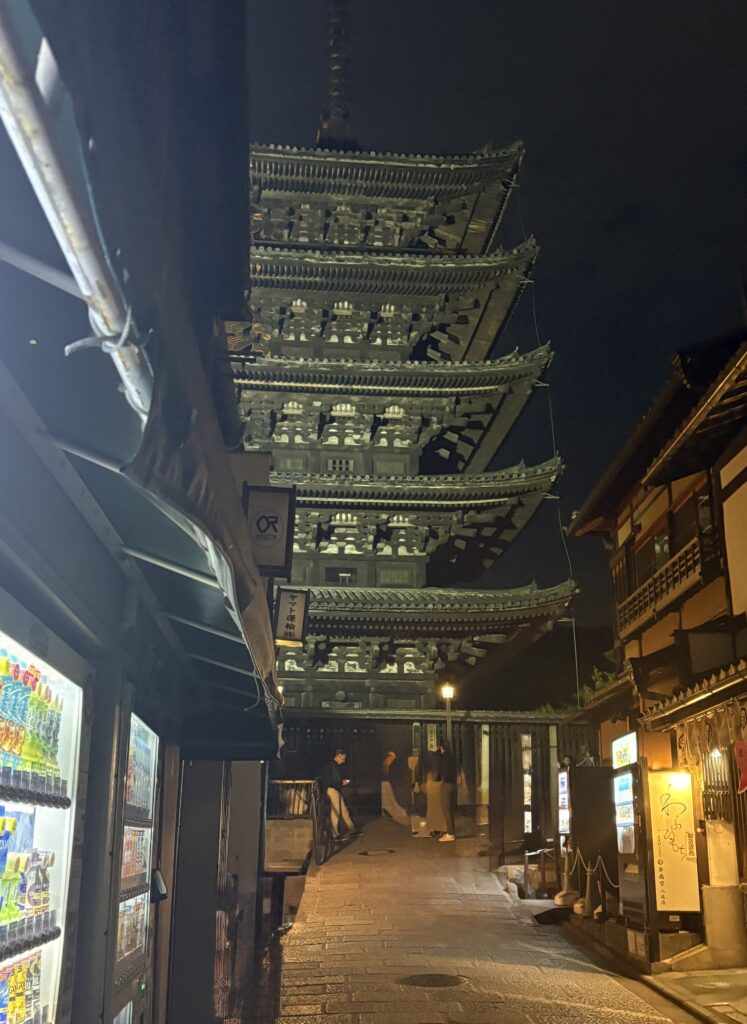
These two sloped streets near Kiyomizu-dera are Kyoto postcards come to life. Stone-paved, lined with wooden shops and tea houses, and dotted with travelers in rented kimonos, it’s like stepping into another era.
Yes, it’s a bit commercial. But that doesn’t mean it’s not beautiful. The architecture is pure Kyoto, and if you arrive early or late in the day, it’s shockingly peaceful.
Duck into a sweet shop, try yatsuhashi, and enjoy the people-watching. It’s touristy, sure, but it still works.
See a Nighttime Light-Up Event at a Temple
One of Kyoto’s secret weapons? Seasonal nighttime illuminations. During certain times of the year, especially in spring and autumn, temples like Kodaiji, Eikando, and Kiyomizu-dera open their doors at night and illuminate their gardens.
It’s otherworldly. Trees glow, ponds shimmer, and shadows stretch long across mossy paths.
The mood is completely different than a daytime visit, and the photos are something else entirely. Bonus: the crowds are thinner, and the cooler air makes it a great end-of-day activity.
Ride the Romantic Train Through the Sagano Gorge
The Sagano Scenic Railway, also called the “Romantic Train”, runs a short route between Arashiyama and Kameoka, cutting through lush river valleys and mountain tunnels. It’s a vintage-style ride with wooden seats and wide windows.
It’s not fast or flashy, but the slow pace is what makes it memorable. In spring and fall, the scenery is especially stunning.
Pair it with a return trip via boat on the Hozugawa River for a perfect half-day escape from the city.
Marvel at Sanjusangen-do’s 1,001 Kannon Statues
This long, modest-looking wooden hall hides one of Kyoto’s most jaw-dropping sights: 1,001 nearly identical statues of the thousand-armed Kannon, lined up in symmetrical rows that stretch the length of the temple.
Each figure is slightly different. Together, they create a visual that’s hard to describe, both spiritual and strangely cinematic.
No photos allowed inside, which adds to the quiet reverence. It’s not usually at the top of people’s lists, but it should be. This place is unforgettable.
Take a Day Trip to Uji for Matcha Lovers
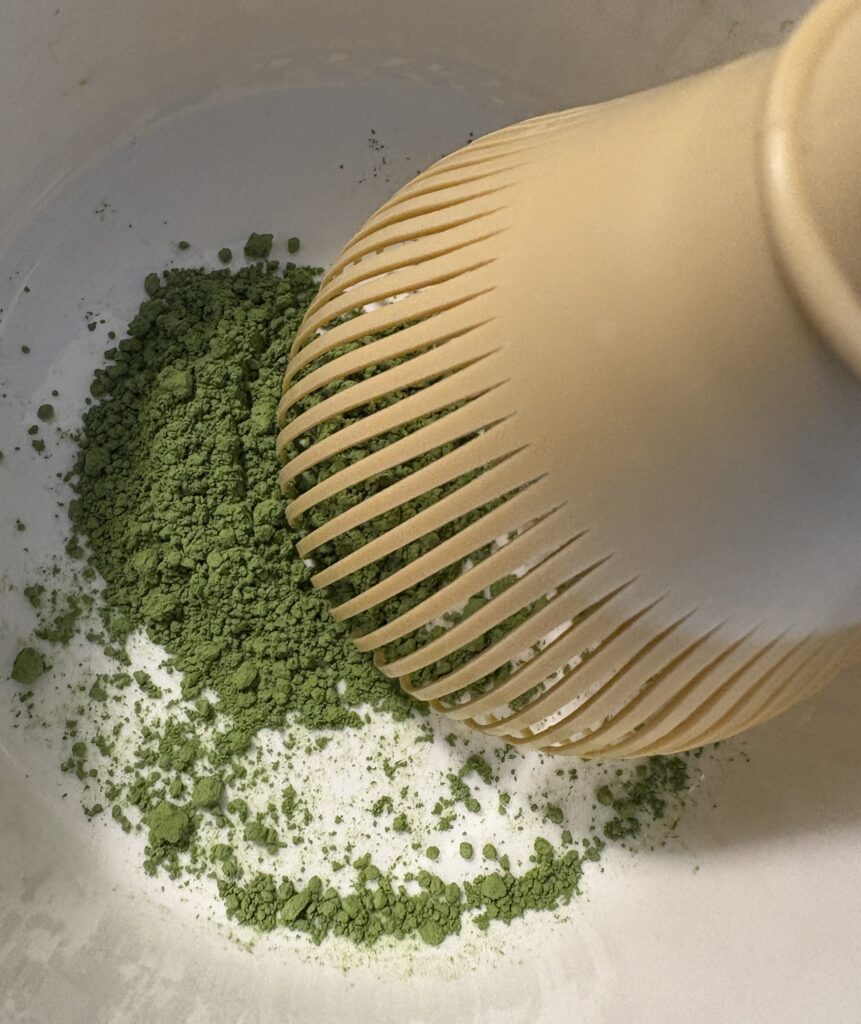
Just 30 minutes south of Kyoto, Uji is Japan’s matcha capital, and it’s heaven for those who love green tea.
The streets are lined with cafes, sweet shops, and tea houses offering matcha in every form imaginable: from soba noodles and parfaits to lattes, soft serve, and traditional ceremonies.
Beyond tea, Uji is also home to the stunning Byodo-in Temple (yep, the one on the back of the 10 yen coin).
The city is small, walkable, and perfect for a relaxing half-day trip that doesn’t feel overly touristy.
Experience Kyoto’s Flea Markets (Especially To-ji Temple)
If you’re lucky enough to be in Kyoto on the 21st of the month, head to To-ji Temple for one of the largest and most atmospheric flea markets in the city.
Locals call it “Kobo-san,” and it’s a chaotic, colorful blend of antiques, vintage clothes, ceramics, plants, snacks, and more.
It’s part temple visit, part treasure hunt. Even if you don’t buy anything, it’s a fantastic window into local life. Bonus: the towering pagoda of To-ji makes a pretty epic backdrop while you browse.
Go Cycling Along the Kamo River Path
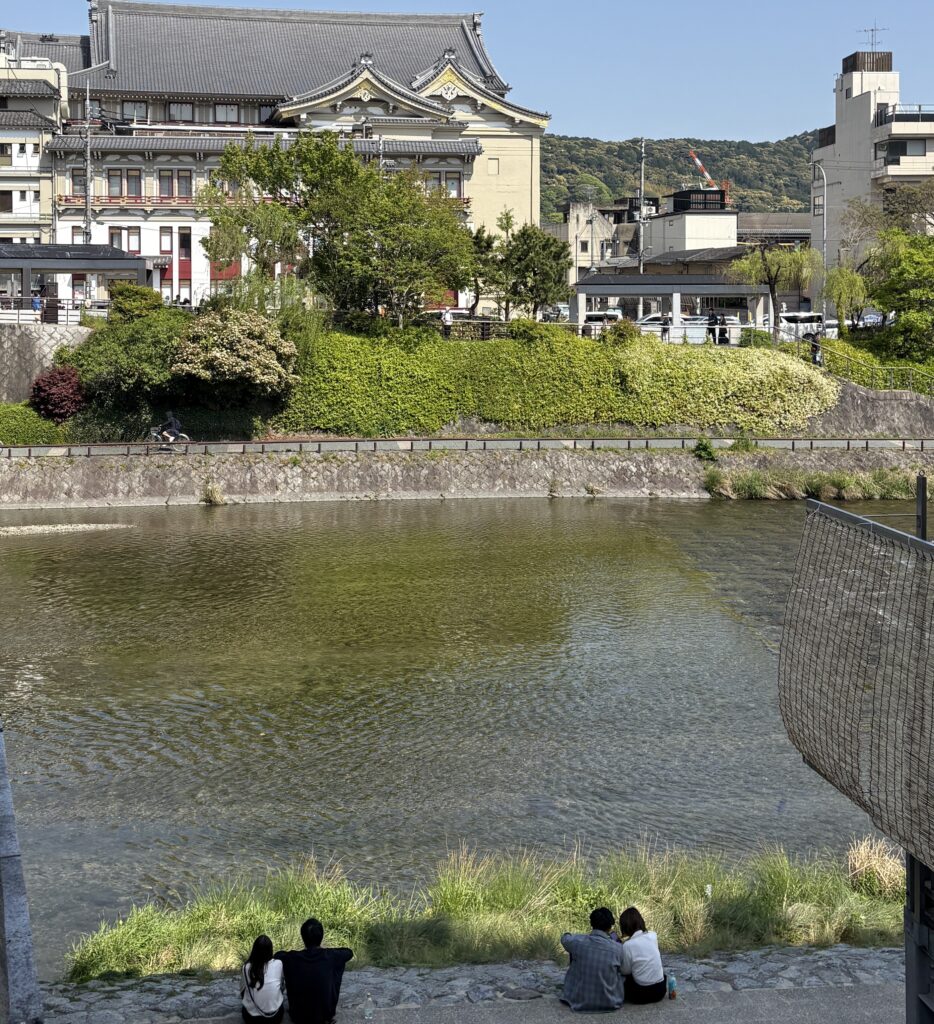
If you want a slower, scenic way to take in Kyoto without weaving through tourist crowds, rent a bike and follow the Kamo River cycling path.
It runs through the heart of the city, stretching north to south, and offers open views, quiet stretches, and the occasional heron fishing in the shallows.
Locals picnic here, students hang out on the banks, and it’s one of the best ways to get a feel for Kyoto’s everyday rhythm.
You’ll pass shrines, cafes, bridges, and plenty of moments worth stopping for, especially around Demachiyanagi or near Sanjo-Ohashi. It’s peaceful, refreshing, and a completely different way to explore the city.
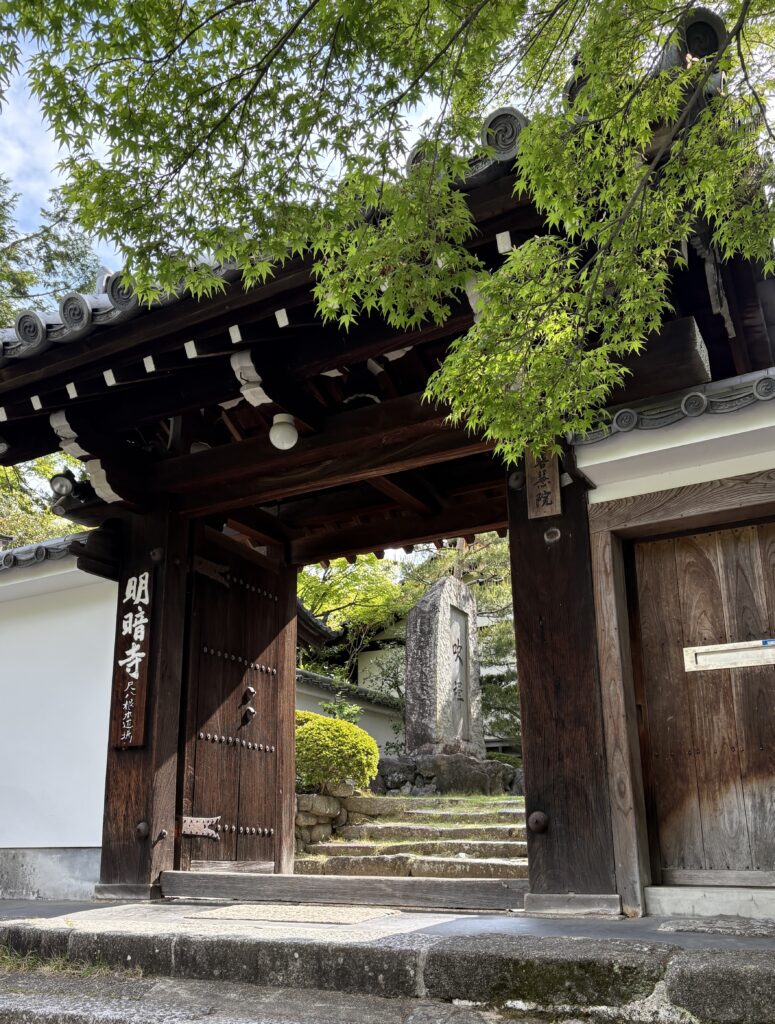
Getting Around Kyoto
Kyoto is a walker’s city, so comfy shoes go a long way. With a bit of planning and one of those IC cards, you’ll be zipping around like a local in no time.
Kyoto’s transit setup is surprisingly straightforward once you get the hang of it. It’s a combo of buses, local trains, and your own two feet. Here’s how to make it painless:
- City Buses: The go-to for reaching temples and sights like Kinkaku-ji, Ginkaku-ji, and Arashiyama. Slower during rush hour, but super convenient.
- Subway Lines (Karasuma & Tozai): Fast and clean, especially helpful for central areas like Kyoto Station, downtown, and Gion.
- IC Cards (ICOCA, Suica, Pasmo): These work on buses, trains, and subways, which is essential if you don’t want to fumble with coins. It can also be used in convenience stores.
- JR & Private Rail Lines: Best for day trips (Uji, Nara, Osaka) or major sights like Fushimi Inari and Arashiyama. Use your IC card or grab a regional rail pass.
- Bikes: Kyoto is flat, scenic, and bike-friendly. Rent one for a relaxed way to temple-hop or explore less-touristy neighborhoods.
- Taxis: Clean, safe, and always available, but pricey. Suitable for late nights or if you’re carrying luggage.
- Day Passes: The Kyoto Bus & Subway Pass is ideal if you plan to visit multiple sites in one day. Worth it if you’re temple-hopping hard.
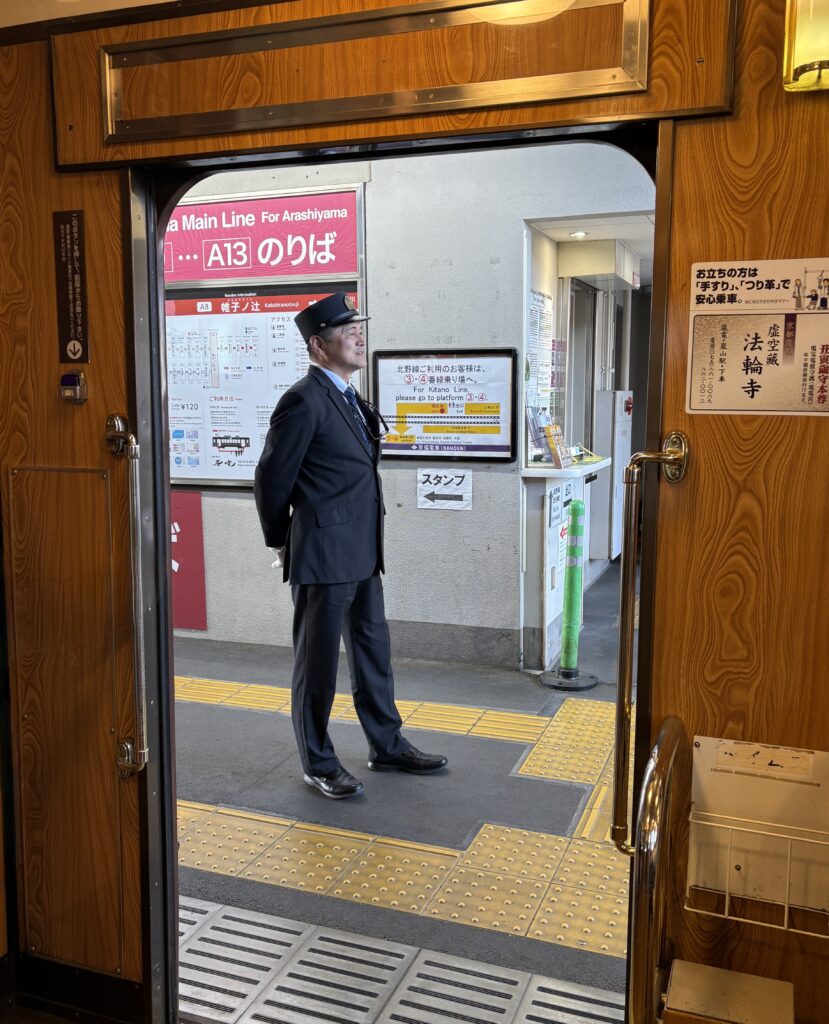
Is Kyoto Worth Visiting? Final Thoughts
Short answer? Absolutely. Kyoto isn’t just worth visiting; it’s essential if you want to understand Japan’s cultural heart beyond the dazzle of big cities.
This is the city where centuries of tradition remain an integral part of everyday life: moss-covered temples, lantern-lit alleyways, ancient tea houses, and craftsmanship passed down through generations.
From kimono-dressed locals heading to shrines to seasonal festivals that feel pulled from another era, Kyoto is Japan at its most iconic.
But let’s be honest, it’s also incredibly touristy in parts. In fact, among the “big three” (Tokyo, Osaka, Kyoto), Kyoto’s main areas often feel the most overrun. Walk through Arashiyama at midday or around Gion at golden hour, and you’ll see what I mean.
Still, Kyoto offers something few places do: the ability to choose your experience. It’s easy to avoid the crowds if you stay in lesser-known districts, explore early in the day, and wander beyond the guidebook landmarks. That’s when the city reveals its quieter soul, the one locals know and love.
So yes, Kyoto can feel like a tourist magnet. But it’s also one of the few places in the world where the touristy bits are still deeply worthwhile. And the rest? That’s where the real magic is.
By the way, book your hotel in Kyoto early during high season, as Kyoto will be one of the most costly places in your Japan trip budget.
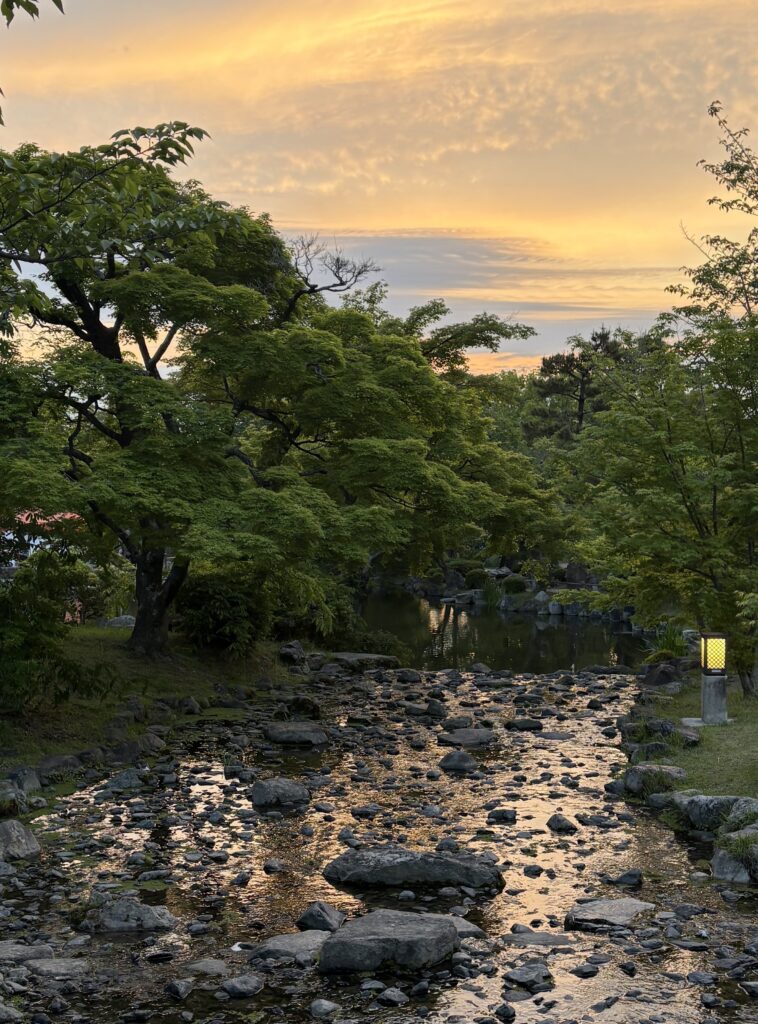
What is Kyoto famous for?
Kyoto is renowned for its temples, geisha culture, tea ceremonies, and its stunning seasonal beauty, including cherry blossoms and autumn leaves.
Is Kyoto walkable for tourists?
Yes, many areas are walkable, especially Gion and Arashiyama. However, public transit or bikes are helpful for longer routes.
What is the best time of year to visit Kyoto?
Spring (March to May) and Autumn (October to November) are the best times to visit. You’ll get pleasant weather, cherry blossoms, or fall foliage, and ideal conditions for sightseeing.
Is Kyoto or Osaka better to visit?
Kyoto offers tradition and culture, and Osaka is modern and food-focused. For temples and old-Japan charm, Kyoto wins.

